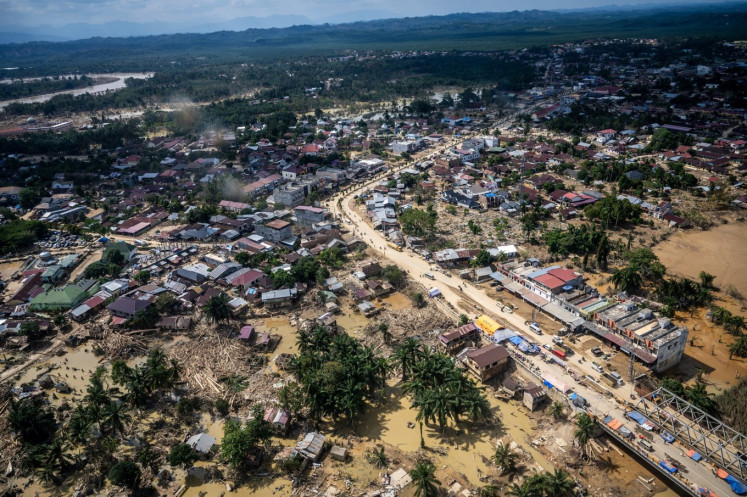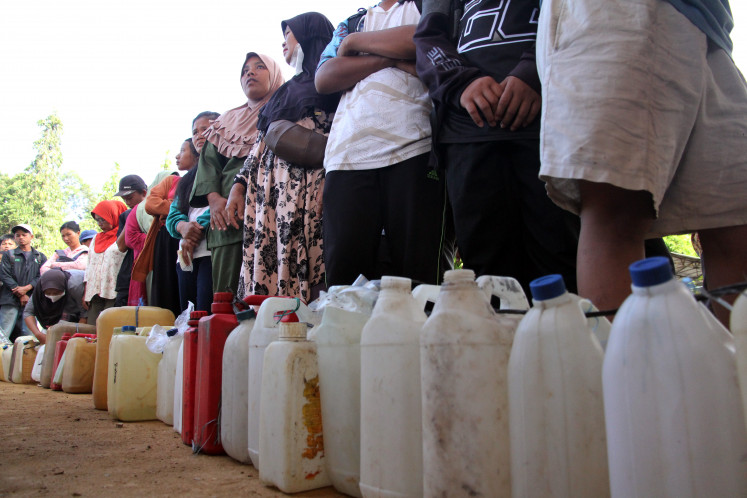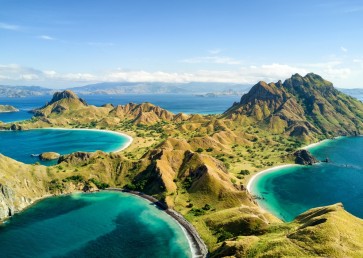Popular Reads
Top Results
Can't find what you're looking for?
View all search resultsPopular Reads
Top Results
Can't find what you're looking for?
View all search resultsConserving Southeast Asia's seas
The 10 ASEAN countries account for a quarter of the world’s fish production and 20 million people depend on the fishery industry for their livelihoods.
Change text size
Gift Premium Articles
to Anyone
T
he United Nations’ call to conserve and sustainably develop the oceans perhaps resonates most with Southeast Asia than in any other part of the world. With a maritime territory three times the size of its landmass, the region is one of the world’s most bountiful and diverse maritime areas.
The 10 ASEAN countries account for a quarter of the world’s fish production and 20 million people depend on the fishery industry for their livelihoods.
The region’s vast coral reef system comprises 34 percent of the world’s reefs, and is a critical marine environment that provides an essential habitat for fish and other marine animals to live and grow.
Furthermore, coral and mangroves along the coast in Southeast Asia provide critical natural resistance against increasing storms and rising sea levels, as well as help to filter pollution as it runs off the land.
But as populations expand and increasing stress is placed on these natural resources, Southeast Asia, like much of the globe, is at risk for overtaxing the marine environment.
ASEAN nations must seek the right balance for sustainable development — one rooted in ensuring prosperity for all, while protecting the ocean.
In the past two decades, fish consumption per person in Southeast Asia has increased from 13.1 to 33.6 kg, and the UN Food and Agriculture Organization estimates that nearly 85 percent of all global fisheries are fully or overfished. This reveals that ASEAN member states, with growing demands for fish from stocks that are depleted, are at the center of food insecurity and sustainability issues.

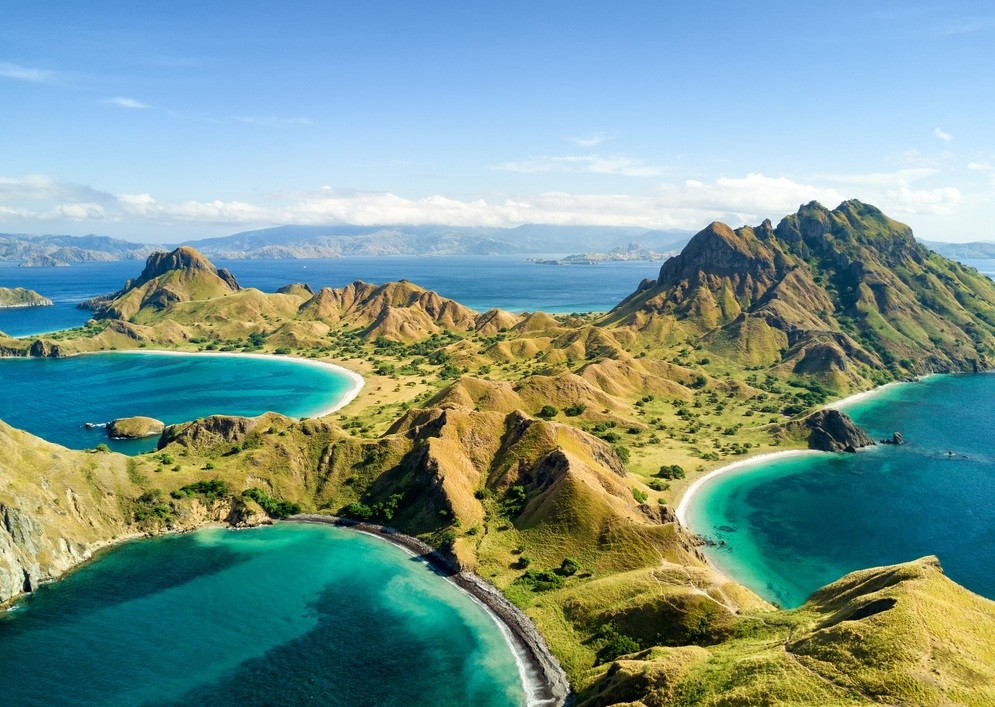



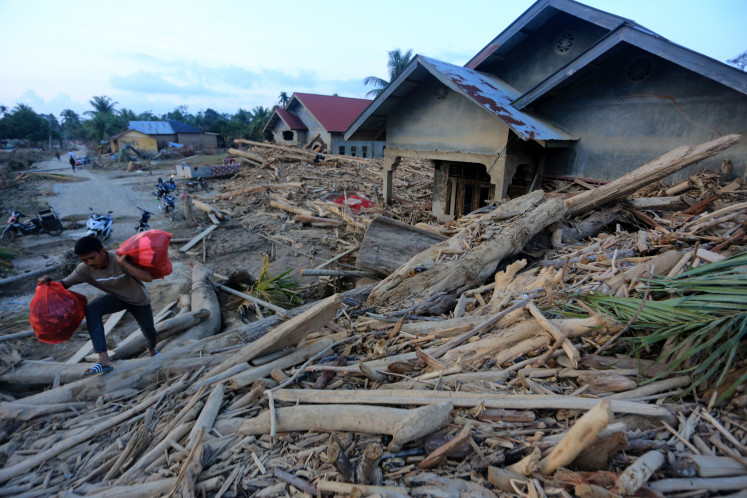
![Volunteers ready packages of relief aid for flood-affected areas on [DATE], at the Sidoarjo Disaster Mitigation Agency in East Java.](https://img.jakpost.net/c/2025/12/06/2025_12_06_169905_1764954727._medium.jpg)
